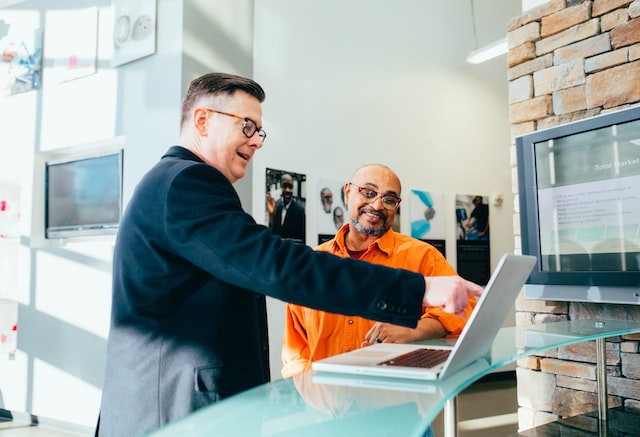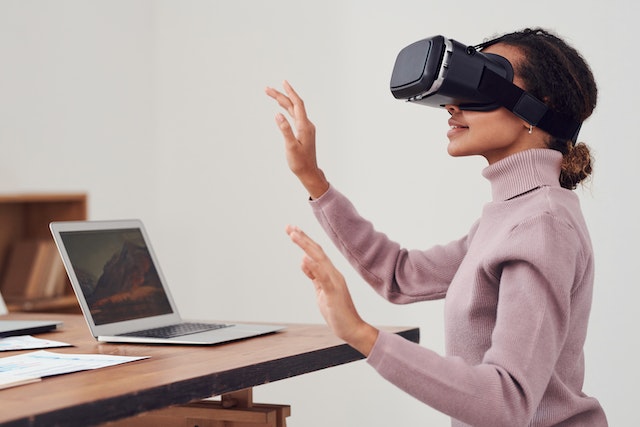Best Practices

GUEST POST from Art Inteligencia
In the wake of the COVID-19 pandemic, remote collaboration has become the new norm for organizations worldwide. With teams scattered across different regions and time zones, businesses face unique challenges in maintaining productivity, fostering effective communication, and cultivating a sense of unity and shared purpose. In this article, we explore best practices to overcome the obstacles of remote collaboration, supported by real-world case study examples.
Case Study 1: Automating Workflows for Seamless Collaboration
The problem:
A prominent marketing agency, XYZ Inc., had a dispersed team working on numerous client projects simultaneously. Managing multiple projects across various time zones and coordinating deliverables became increasingly challenging, resulting in missed deadlines and miscommunication.
The solution:
Implementing a centralized project management solution played a transformative role in overcoming the barriers XYZ Inc. faced. The agency streamlined their workflows and established clear channels for communication using project management tools like Asana, Trello, or Monday.com. By utilizing shared task boards, team members could easily track progress, provide input, and access up-to-date project information. These tools automated notifications, eliminating unnecessary back-and-forth and ensuring everyone stayed aligned and on track.
The outcome:
The implementation of automated workflows significantly reduced confusion, improved accountability, and enhanced communication within the team. Consequently, XYZ Inc. experienced a significant decrease in missed deadlines, leading to improved client satisfaction and better overall team morale.
Case Study 2: Cultivating a Collaborative Culture in a Remote Workforce
The problem:
A software development company, ABC Tech, transitioned to a fully remote workforce due to the pandemic. However, they faced difficulties in fostering collaboration, maintaining team spirit, and replicating the valuable spontaneous interactions that occurred in the office.
The solution:
Recognizing the need for a strong company culture, ABC Tech implemented various initiatives to foster collaboration and engagement among remote employees. They regularly organized virtual team-building activities such as online games, video conferences, and virtual coffee breaks. Additionally, ABC Tech established virtual water cooler channels on their messaging platforms, encouraging casual conversations and idea exchanges.
The outcome:
By actively promoting a collaborative culture, ABC Tech successfully managed to maintain a sense of unity among its remote workforce. These initiatives resulted in increased camaraderie, boosted morale, and even sparked new ideas and collaborations between team members who might otherwise have limited interaction.
Conclusion
Remote collaboration presents unique challenges, but with the right approach, organizations can overcome them and thrive in the decentralized work environment. The case studies of XYZ Inc. and ABC Tech demonstrate the effectiveness of implementing centralized project management tools and cultivating a collaborative culture.
By utilizing automation and establishing clear communication channels, businesses can streamline workflows, improve productivity, and reduce miscommunication. Simultaneously, initiatives aimed at fostering employee engagement and replicating the benefits of in-person interactions ensure teams remain connected and driven towards shared goals.
With the lessons learned from these case studies, organizations can embrace remote collaboration with confidence, armed with the best practices to overcome its challenges and unlock the full potential of their virtual teams.
Bottom line: Futurology is not fortune telling. Futurists use a scientific approach to create their deliverables, but a methodology and tools like those in FutureHacking™ can empower anyone to engage in futurology themselves.
Image credit: Pixabay
![]() Sign up here to get Human-Centered Change & Innovation Weekly delivered to your inbox every week.
Sign up here to get Human-Centered Change & Innovation Weekly delivered to your inbox every week.









